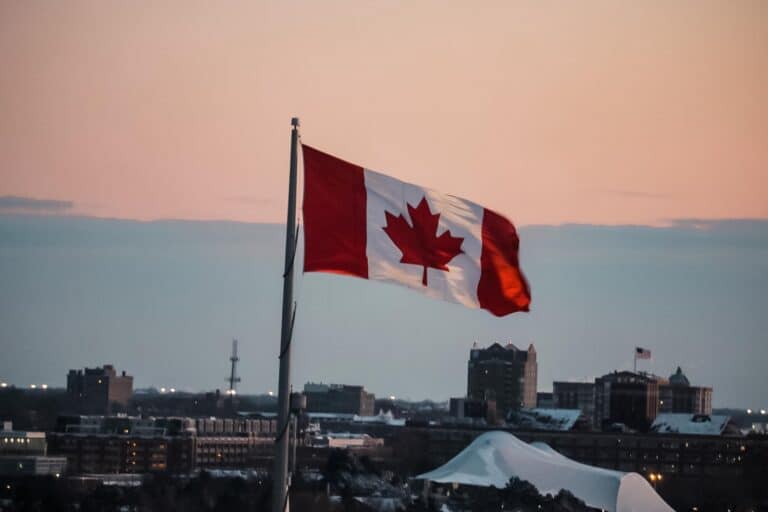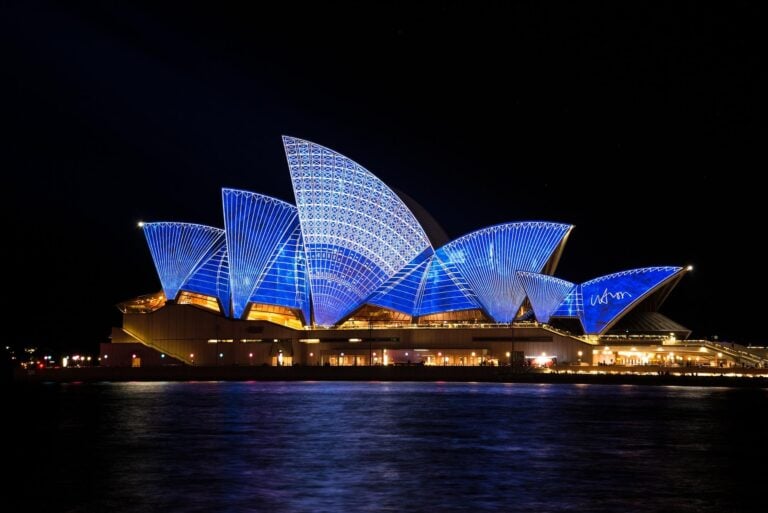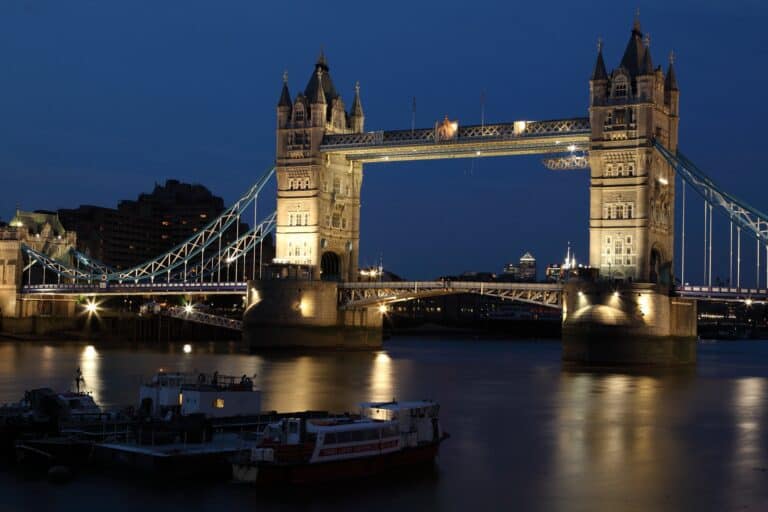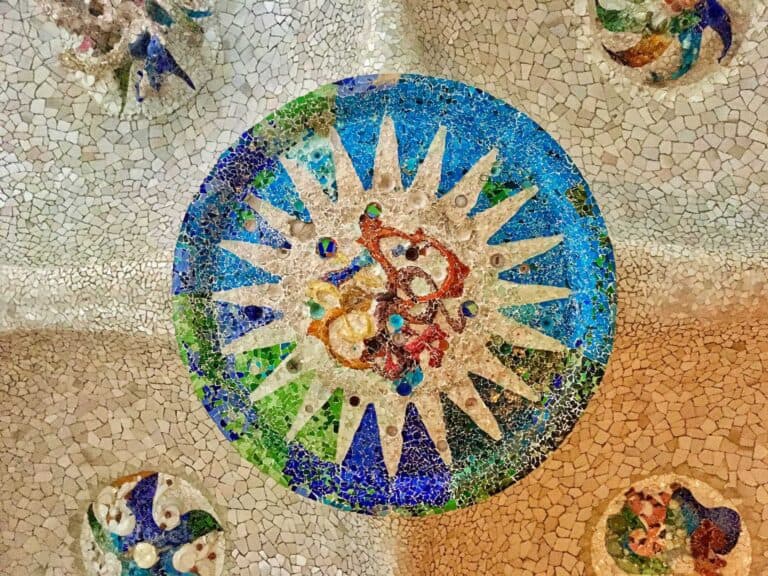Unidentified Flying Phenomena: South Africa’s Notable Encounters
Delve into South Africa’s most fascinating UFO encounters, from historical sightings to contemporary experiences, and scrutinize the events that have stirred conversation and fascinated researchers.
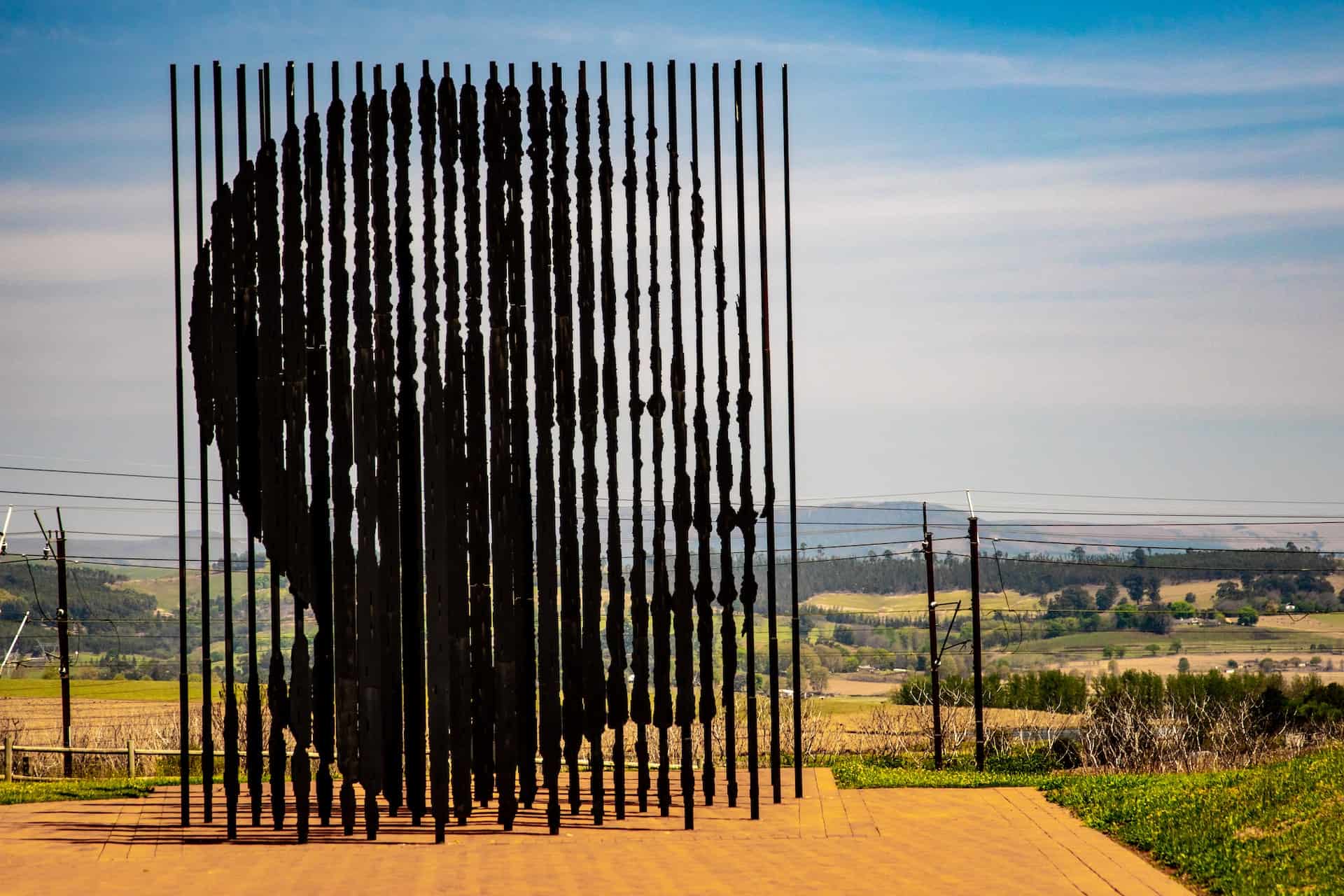
Historical Sightings: A Closer Look
The history of UFO sightings in South Africa is as captivating as it is mystifying. South Africa’s location, far removed from the conventional hustle and bustle of the more globally recognized UFO hotspots, gives it a unique perspective. The history of sightings is steeped in mystery and intrigue, and these encounters have captivated not only locals but also the global UFO community.
In 1914, long before the international craze about unidentified flying objects took hold, there was an intriguing sighting in the small town of Boshof. Residents reported seeing a “strange, unfamiliar airship” in broad daylight. This sighting is not only interesting because of its earliness but also because of its description, which diverges from the typical “flying saucer” image. Indeed, this unique characteristic makes this case particularly fascinating.

The 1960s saw an increase in reported UFO sightings, coinciding with a global uptick in such events. But it was an incident in 1972 that truly thrust South Africa into the UFO spotlight. This year, the town of Rosmead was abuzz with reports of a glowing object seen in the sky. Witnesses described a bright, radiant entity moving at high speeds before vanishing without a trace. The incident was so notable that it caught the attention of international researchers and still remains one of the most discussed UFO sightings in the country.
Ready to delve deeper into South Africa’s involvement in UFO history? Hold on as we travel through time, exploring modern sightings that continue to baffle experts and enthusiasts alike.
Contemporary Encounters: Modern Mysteries
The turn of the millennium has not seen a decrease in the fascination with UFO phenomena in South Africa. The frequency and nature of sightings have evolved with the times, matching the global trend of increasingly complex and baffling encounters.
In 1996, the coastal city of Cape Town saw a series of sightings that stirred up the local population. Hundreds of citizens reported seeing a series of lights moving in a synchronized manner across the sky. These lights, according to numerous witness accounts, moved at speeds and with precision that discounted any conventional explanation like airplanes or weather phenomena.

The year 2000 marked one of the most intriguing UFO encounters in South African history. In Pretoria, a commercial pilot and his passengers reported an encounter with a colossal, disc-shaped object while flying over the city. The pilot described the object as “translucent and shimmering”, with an uncanny ability to change speed and direction instantaneously. This event, reported by a trained professional used to identifying aerial objects, piqued the interest of national and international researchers.
Curious to know about the responses from South African authorities? Keep reading as we shed light on the government’s involvement and stance on these perplexing sightings.
South African Authorities and the UFO Enigma
The stance of South African authorities towards these inexplicable phenomena adds another layer of intrigue to the entire narrative. While many governments worldwide remain hesitant to acknowledge UFO sightings as anything more than misidentifications or hoaxes, South Africa’s response has been somewhat unique.

In the aftermath of the 1996 Cape Town sightings, the South African Air Force (SAAF) was forthcoming in its inability to explain the occurrences. Rather than dismissing the phenomenon, the SAAF expressed its own perplexity and acknowledged the need for further investigation.
Similarly, following the 2000 Pretoria incident, the SAAF admitted to receiving radar confirmations of an unidentified aerial object matching the description provided by the commercial pilot. The military’s inability to pursue or identify the object due to its extreme speeds further corroborated the pilot’s report.
This degree of openness by the South African authorities is somewhat rare when compared globally, contributing to a relatively accepting and engaged public discourse around UFO phenomena in the country.
Wondering about the role of local researchers and their work in exploring these phenomena? Let’s delve deeper into the investigative efforts on the ground.
Grassroots Investigations: A Look at Local UFOlogists

Local researchers and amateur UFOlogists in South Africa play a crucial role in collecting and analyzing data related to UFO sightings. Their work contributes significantly to global understanding and provides an invaluable resource for international researchers.
One of the key figures in South African UFO research is Danie Krugel, a former police detective, who has spent decades studying UFO phenomena in the country. Krugel’s work has resulted in the collection of numerous eyewitness testimonies and physical evidence, including photographs and video footage. His relentless pursuit of truth, despite scepticism and ridicule, is representative of many dedicated UFOlogists in the country.
Another noteworthy figure is Dr. J.J. Hurtak, a scientist and author who has written extensively on the subject. Hurtak’s books discuss the South African UFO phenomena in the context of broader theories about extraterrestrial life and advanced civilizations. His approach underscores the complexity and depth of the ongoing UFO discourse in South Africa.
These independent investigators’ tireless efforts, driven by curiosity and the desire for understanding, underpin the rich tapestry of South African UFO research.
Next, we’ll shift our gaze to the historical encounters of the unknown in South Africa’s skies.
Historical Encounters: UFOs in South Africa’s Past
Historical accounts of unidentified flying objects are woven into South Africa’s rich cultural tapestry. Despite a lack of technological means to document these occurrences accurately, tales passed down through generations provide glimpses into these enigmatic encounters of the past.
In 1914, well before the modern UFO era began with the 1947 Roswell incident, a farmer in the KwaZulu-Natal region reported an astonishing sight. He described an enormous disk-shaped object, glowing with intense light, that silently descended from the sky and then suddenly shot upwards at a high speed. This early account of a ‘flying saucer’ predates comparable descriptions in Western countries by several decades.

Another historical account hails from 1954 when residents of Pretoria reported a series of strange aerial objects seen over several weeks. The sightings included formations of bright, fast-moving lights and a giant, cigar-shaped object hovering over the city. Despite various theories ranging from experimental aircraft to weather balloons, no satisfactory explanation was ever offered.
These historical sightings offer fascinating insights into the longstanding nature of the UFO phenomena in South Africa, further cementing the country’s place in the global UFO narrative.
Up next, we’ll explore some of the most impactful recent sightings that have sparked public intrigue and discussion.
Recent Sightings: The Modern UFO Era
As we move into the 21st century, sightings of unidentified flying objects across South Africa continue to captivate the public and fuel debate. Amid the modern backdrop of increased technology and connectivity, South Africans have become increasingly vocal in sharing their experiences.

In January 2018, a Cape Town resident filmed an unidentified object hovering above Table Mountain. The object, appearing as a bright, stationary light against the darkened sky, sparked widespread debate on social media and local news outlets. Skeptics pointed to possible explanations like drones or atmospheric phenomena, yet the event remains unexplained.
A more recent incident occurred in September 2020 when a commercial pilot flying over Johannesburg reported a high-speed, cylindrical object passing his aircraft. Air traffic control reported no known aircraft in the vicinity, adding to the mystery. The case drew international attention and was investigated by the South African Civil Aviation Authority, though no conclusive findings were released.
Witnesses of these incidents often report feelings of awe and wonder, coupled with a sense of unease given the lack of definitive explanations. These modern sightings continue to push the boundaries of our understanding and inspire a quest for answers.
Up next, we delve into the official stance of the South African government and military on these mysterious occurrences.
The Official Stance: Government and Military Responses
The South African government and military have, like many nations, maintained a cautious and somewhat reserved stance on the topic of UFOs. However, the reality of unidentified aerial phenomena isn’t entirely dismissed, with instances of official investigations being launched into certain sightings.
Notably, the South African Air Force (SAAF) has occasionally been involved in scrutinizing UFO reports. The 2020 Johannesburg sighting case, mentioned earlier, is one such instance where military aviation experts were consulted. The investigation’s findings, however, were inconclusive and not publicly detailed.
The South African Civil Aviation Authority (SACAA) also plays a key role in assessing these reports, especially those reported by pilots, air traffic controllers, and other aviation professionals. Their primary concern is typically air safety, but the information they gather can provide crucial insights into these enigmatic phenomena.

South Africa’s official stance can be seen as one of guarded curiosity – acknowledging the existence of unexplained aerial phenomena without making definitive claims about their nature or origin.
Continuing our exploration, the next section will delve into the cultural impact of UFO sightings in South Africa.
UFOs in the Cultural Sphere: South Africa’s Fascination and Fear
Few subjects inspire such a combination of fascination, fear, and skepticism as the concept of unidentified flying objects. This peculiar blend of emotions is reflected vividly within South Africa’s cultural sphere, impacting everything from pop culture and media to academic discourse and public opinion.
Media outlets play a major role in shaping public perception of UFOs, often focusing on the most sensational or controversial aspects of sightings. In the case of South Africa, mainstream media has reported on notable sightings with a balance of curiosity and skepticism, contributing to the ongoing debate about the existence and nature of UFOs.
Similarly, UFOs have found their way into South African literature and film, often as a symbolic device or plot element that allows creators to explore themes of otherness, technology, and the unknown. Notable examples include the science fiction film District 9, which uses the premise of an alien spaceship stranded over Johannesburg to explore themes of xenophobia and social segregation.
Public opinion about UFOs is as diverse as the country itself. A significant segment of the population expresses skepticism, seeing UFO sightings as either misidentified natural phenomena or hoaxes. Yet, there are also those who firmly believe in their extraterrestrial origin, with numerous South African UFOlogy groups dedicated to the study and discussion of these phenomena.
The impact of UFO phenomena on South African society is undeniable. The next section will look into South Africa’s place in global UFOlogy.
South Africa’s Place in Global UFOlogy
Among the global community of UFO enthusiasts and researchers, South Africa holds a unique place. Its documented cases, while fewer in comparison to countries like the USA, are often regarded as particularly compelling due to the diversity of witnesses and the richness of supporting evidence.

South African sightings are regularly featured in international UFO conferences and documentaries. The Ariel School encounter, one of the most renowned cases worldwide, is frequently cited as a potent argument for the existence of intelligent extraterrestrial life. This case’s credibility is bolstered by the number of child witnesses, their consistent testimonies, and the psychological impact of the encounter, which has been studied extensively.
South Africa’s UFO sightings also attract international researchers, contributing to a vibrant local and global community of UFO enthusiasts. Websites like UFO Research of South Africa and UFO Sightings South Africa play a crucial role in this community, providing a platform for sharing sightings, discussing theories, and staying updated on the latest UFO news.
South Africa’s UFO encounters play a significant role in the global discourse about these enigmatic phenomena. In our final section, we’ll revisit the core question: What might these unidentified flying phenomena truly represent?
Interpreting the Unidentified: What Might These Phenomena Truly Represent?
The inherent mystery of UFO phenomena invites a myriad of interpretations, ranging from the skeptical to the extraordinary. Some look towards science for explanations, others towards the realm of the supernatural or extraterrestrial.
Scientifically, many UFO sightings can be attributed to misidentified natural phenomena or man-made objects. Weather anomalies, atmospheric effects, celestial bodies, and even experimental aircraft have all been proposed as possible explanations for many cases. Some researchers also point towards psychological factors, suggesting that human perception and cognition can play a significant role in how such experiences are interpreted and remembered.
Yet, the scientific approach cannot fully explain all UFO cases, particularly those with multiple witnesses, physical evidence, or highly unusual behavior. For these, some propose more extraordinary explanations, such as extraterrestrial visitation, interdimensional phenomena, or even time travelers from our future.
Finally, it’s important to remember that the UFO phenomena also serve as a cultural and psychological mirror, reflecting our collective hopes, fears, and curiosities about the universe and our place within it. As our exploration of the cosmos continues, so too will our fascination with the enigmatic phenomenon of UFOs.
Reader’s Takeaway

Unidentified Flying Phenomena: South Africa’s Notable Encounters has led us through an exploration of South Africa’s historical encounters, the government’s approach, individual testimonies, the cultural impact, and the nation’s place in global UFOlogy. It’s clear that UFO phenomena in South Africa, much like elsewhere in the world, generate a blend of intrigue, skepticism, and sometimes fear. Though the truth behind these sightings remains elusive, they undeniably stir up important discussions about science, philosophy, and the very nature of reality.
To delve deeper into the mystery of UFOs, consider subscribing to our exclusive email group for more comprehensive insights and updates on the latest encounters worldwide.
FAQs:
How are UFO sightings reported in South Africa?
Answer: UFO sightings in South Africa are usually reported to local UFOlogy groups, such as UFO Research of South Africa or UFO Sightings South Africa. These organizations collect and analyze sighting reports, sometimes sharing them with the international UFOlogy community.
What is the most famous UFO sighting in South Africa?
Answer: The Ariel School sighting in 1994 is considered one of the most famous UFO encounters in South Africa. It is renowned globally due to the large number of child witnesses and their consistent testimonies.
How does the South African government respond to UFO sightings?
Answer: The South African government, much like many others, doesn’t officially investigate UFO sightings. However, there have been instances where the military was involved, notably during the 1989 Kalahari incident.
Are there any UFO sightings involving South African pilots?
Answer: Yes, there are several recorded instances of South African pilots reporting UFO encounters. The most well-known is the 1989 Kalahari Incident, where an unidentified craft was allegedly intercepted by the South African Air Force.
Has South Africa made any official statements regarding UFOs?
Answer: As of now, the South African government has not issued any official statements or policies regarding UFOs. Much of the investigation into these phenomena remains in the hands of independent researchers and UFOlogy groups.
Is there a correlation between UFO sightings and nuclear facilities in South Africa?
Answer: Some researchers propose a correlation between UFO sightings and nuclear facilities globally, but there isn’t concrete evidence supporting this connection in South Africa. Nevertheless, it remains a topic of interest among UFOlogists.

Keywords:
South Africa, UFO sightings, Unidentified Flying Phenomena, Ariel School sighting, Kalahari Incident, UFO Research of South Africa, UFO Sightings South Africa, pilots, government response, nuclear facilities, UFOlogy, cultural impact, scientific explanation, extraterrestrial, interdimensional phenomena.
References:
- UFO Sightings South Africa
- UFO Research of South Africa
- The Ariel School Phenomenon Documentary
- The Kalahari UFO Incident Report
- South African Astronomical Observatory
- The Impact of UFOs on Society – International UFO Congress
- The Cultural History of UFOs – UFO Evidence
- Science and UFOs – The National Academies Press
- The Role of Perception in UFO Cases – The Journal of UFO Studies
- The Atomic Energy Corporation and UFOs – South African History Online
Embrace the realm of the unexplained. Continue to ask questions, stay curious, and let the skies keep their secrets, for now. After all, each mystery unraveled takes us one step closer to understanding our place in the grand cosmos. Keep looking up, keep exploring, and perhaps consider joining our exclusive email group for more on the enigmatic phenomena of UFOs.
